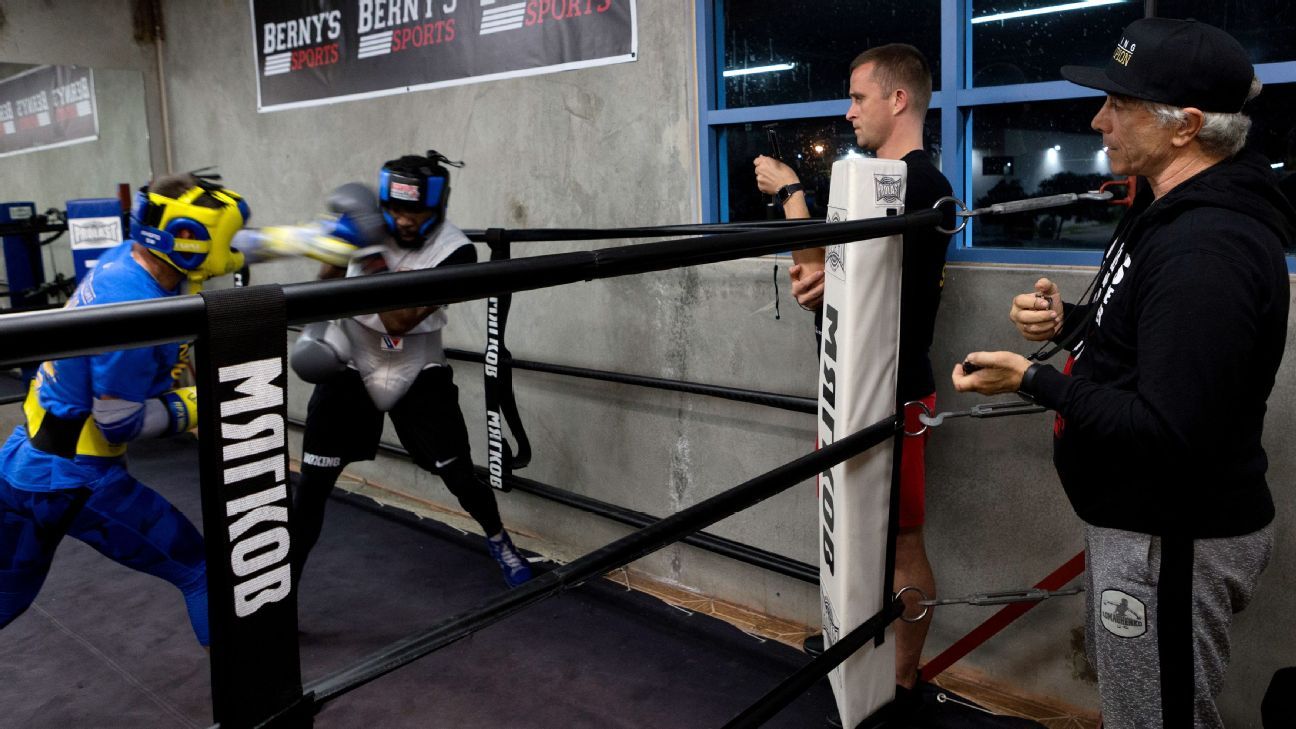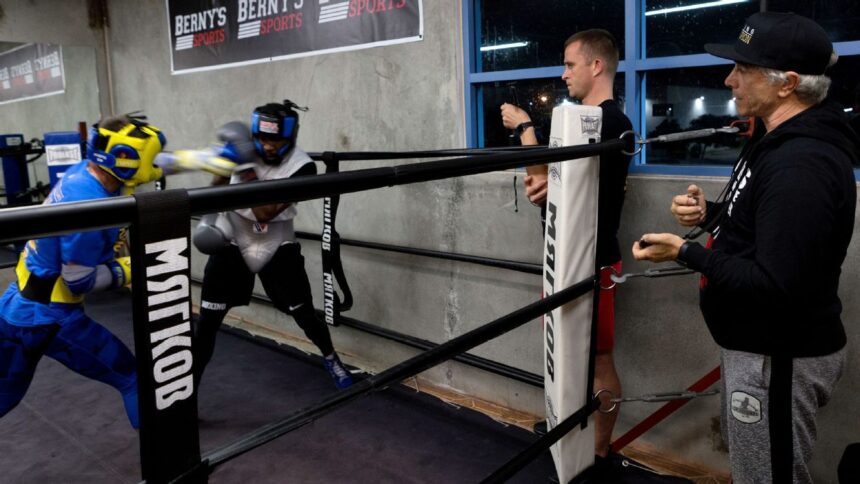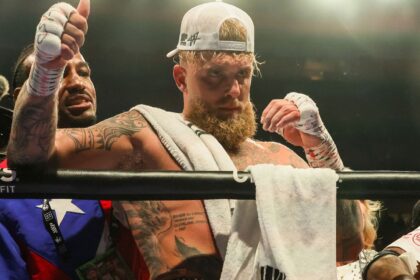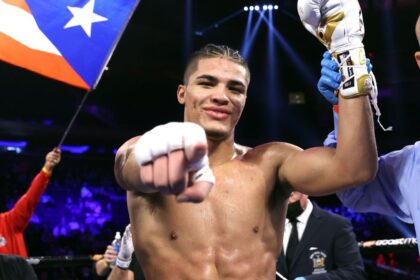Lomachenko’s Revolutionary Training: A Legacy from Father to Son
The boxing world is well acquainted with the idiosyncrasies of Vasyl Lomachenko’s training, meticulously designed and overseen by his father, Anatoly, with the assistance of a sports psychologist. This unusual but effective approach includes activities such as street skating, juggling, balance exercises, and tennis, often practiced solo by Lomachenko, who runs around the net to return his own shots. In addition, he incorporates marathons and long-distance swims in open water.

Sparring sessions are characterized by 15 four-minute rounds with 30-second breaks. Training partners rotate every three rounds, unless, occasionally, they are overwhelmed by the volume of punches, each of which is recorded and analyzed using chips in their wraps. After removing the wraps, psychological training begins, with tests and exercises designed to assess reaction capacity and concentration.
One of the most remarkable exercises is breath-holding underwater in an Olympic-sized swimming pool. Lomachenko can complete a lap and then submerge, holding his breath for a considerable amount of time. During his preparation for the fight against Guillermo Rigondeaux, he managed to hold his breath for 3 minutes and 30 seconds.
Lomachenko’s father revealed that on one occasion, during training for the Olympic Games, his son managed to hold his breath for 4 minutes and 20 seconds. However, the duration is less important than the moment. The key lies in the ability to control the body and mind, surpassing limits and responding to the need for oxygen with determination and control.“Four-twenty,” he says.
Anatoly Lomachenko
The father-son relationship in boxing is often complicated, but in the case of the Lomachenkos, it seems to be a remarkable exception. Vasyl has a tattoo of his father’s face on his abdomen, with the word “Victory” written above it, symbolizing the shared ambition and dedication.

Vasyl Lomachenko seeks history and immortality in boxing, aspiring to be remembered as one of the best of all time. His aggressive and aesthetic style is a statement of intent. From an early age, his father, a physical education teacher and boxing coach, introduced him to the world of the sport. Vasyl doesn’t remember a time without being in a gym.
Lomachenko’s talent lies in his ability to understand what he wants and be willing to pay the price. Discipline is instilled from childhood, as demonstrated by the story of his son, Anatoly, who at 5 years old showed his determination by completing a long run on foot to get a prize.
Anatoly Lomachenko wasn’t just training a boxer, but a prodigy, in an attempt to achieve perfection. Vasyl’s preparation included academic studies and a variety of sports and activities, such as Ukrainian folk dance, which contributed to his exceptional footwork in the ring.
Vasyl’s amateur record was impressive, with 396 wins and only one loss. He won gold medals at the 2008 and 2012 Olympic Games. The team psychologist, Andriy Kolosov, plays a crucial role in Lomachenko’s mental training, helping him develop the mental supremacy needed for success.


In his most recent fight, Lomachenko suffered a cut in the fourth round, but he remained calm and continued fighting. This episode is another example of his ability to face adversity. Kolosov highlights the importance of creativity and the ability to recognize opportunities in the ring, qualities that define Lomachenko’s style.

The relationship between father and son, from the beginning, was designed with a clear purpose: to create a champion. Dedication and hard work are the pillars of this story, and the ultimate goal is greatness in boxing.











